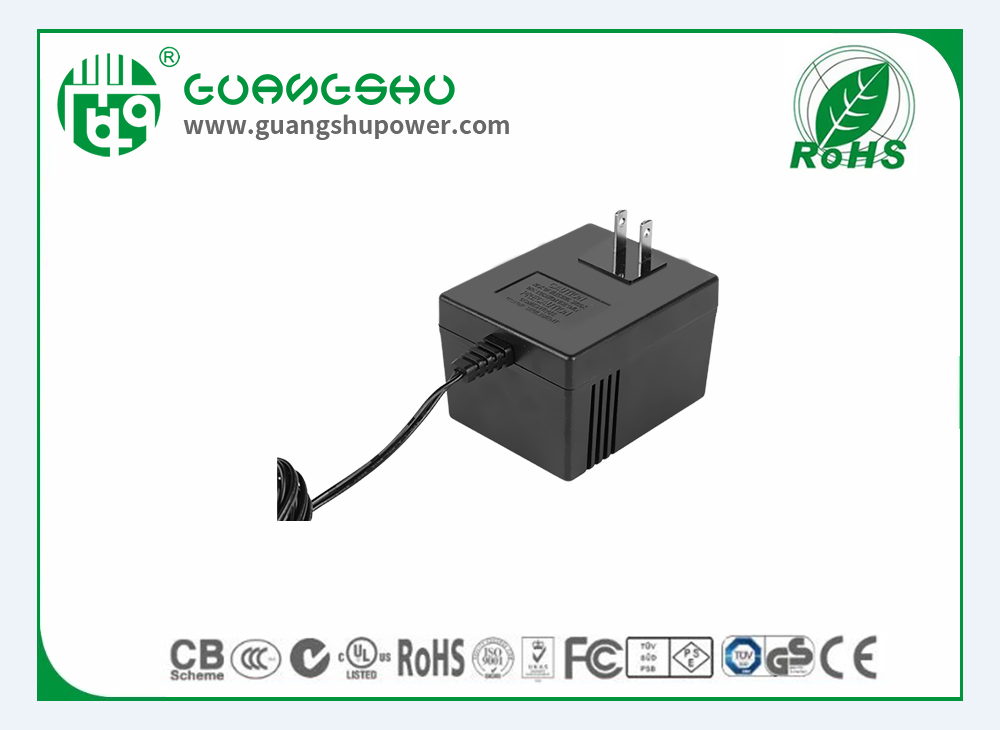Time:2025-08-22 Views:0

Switching power supply transformers are critical components that transfer electrical energy between input and output circuits through electromagnetic induction, and their faults can lead to the entire power supply system malfunctioning. To detect faults accurately, a systematic approach is essential. First, a visual inspection should be conducted. Check for obvious signs such as physical damage, including cracks on the transformer core or winding insulation, discoloration due to overheating, and loose or broken pins. These visible issues often indicate underlying problems, such as insulation breakdown or poor contact.
Next, electrical testing is necessary. Before testing, ensure the power supply is disconnected from the mains to avoid electric shock. Use a multimeter to measure the resistance of the primary and secondary windings. For the primary winding, the resistance value typically ranges from a few ohms to several hundred ohms, depending on the transformer's specifications. A resistance reading of zero indicates a short circuit in the winding, while an infinite reading suggests an open circuit. For the secondary winding, the resistance is usually lower than that of the primary. Additionally, check for inter-winding short circuits by measuring the resistance between the primary and secondary windings; an infinite reading is normal, and any finite value indicates a short circuit.
Another important test is the insulation resistance test using a megohmmeter. This test evaluates the insulation quality between the windings and the core, as well as between different windings. The insulation resistance should be at least several megohms at room temperature; a low reading indicates insulation degradation, which may cause leakage current or short circuits. Furthermore, after reconnecting the power supply (with caution), use an oscilloscope to observe the waveform of the transformer's input and output signals. Abnormal waveforms, such as distorted sine waves or missing pulses, can indicate issues like magnetic core saturation or winding faults. By combining visual inspection and multiple electrical tests, technicians can effectively identify faults in switching power supply transformers and take appropriate repair measures.
Read recommendations:
144W desk Switching power supply
65W desk Switching power supply Factory
180W desk Switching power supply